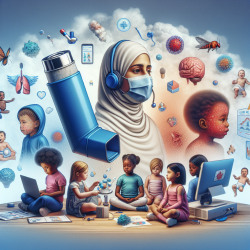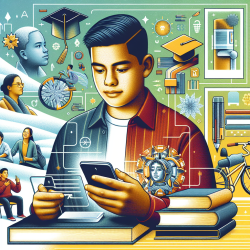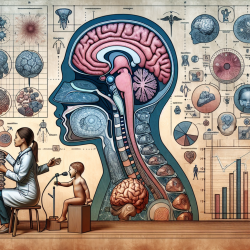Introduction
In the ever-evolving landscape of education, creating a positive and inclusive school culture is paramount. For special education funding agencies, this goal aligns with ensuring that every child receives the support they need to thrive. In this blog, we explore how data-driven telehealth solutions, such as those offered by TinyEYE, are transforming school culture and improving outcomes for children in special education.
The Role of Telehealth in Special Education
Telehealth has emerged as a powerful tool in the realm of special education, offering online therapy services that are both effective and accessible. By leveraging technology, telehealth provides a flexible and scalable solution that can be tailored to meet the unique needs of each child. This approach not only enhances the quality of care but also supports the broader goal of fostering a supportive and inclusive school environment.
Data-Driven Decisions: The Backbone of Effective Telehealth
At the heart of successful telehealth solutions is a commitment to data-driven decision-making. By collecting and analyzing data on student progress, therapists can make informed decisions about the best strategies to support each child. This data-driven approach ensures that interventions are targeted and effective, leading to better outcomes for students.
Key data points include:
- Student engagement levels during therapy sessions
- Progress in specific skill areas
- Feedback from teachers and parents
By continuously monitoring these data points, telehealth providers can adapt their strategies to meet the evolving needs of students, ensuring that each child receives the support they need to succeed.
Impact on School Culture
The integration of telehealth into special education programs has a profound impact on school culture. By providing accessible and effective therapy services, telehealth helps to create an environment where all students feel supported and valued. This inclusive culture fosters a sense of belonging and encourages students to reach their full potential.
Moreover, telehealth solutions empower educators by providing them with the tools and resources they need to support their students effectively. This collaboration between therapists and educators strengthens the overall educational ecosystem, leading to improved outcomes for all students.
Conclusion
In conclusion, data-driven telehealth solutions are playing a pivotal role in transforming school culture and improving outcomes for children in special education. By leveraging technology and data, telehealth providers like TinyEYE are helping to create an inclusive and supportive educational environment where every child can thrive. For special education funding agencies, investing in telehealth is an investment in the future of our children.










